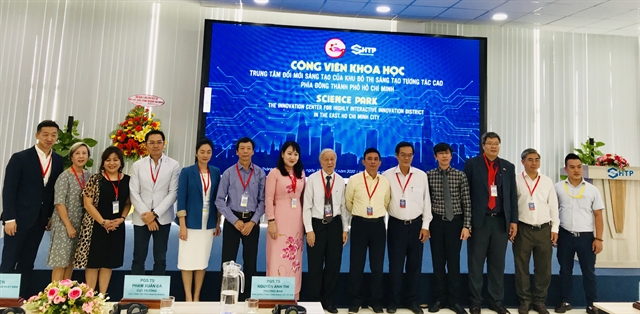
HCM CITY — HCM City should learn from other countries’ experiences in building a world-class science and technology park so that it can shift to a knowledge-based economy, speakers said on Thursday at a conference in the city.
Dr. Nguyễn Anh Thi, head of the board of management of Saigon Hi-tech Park (SHTP), said the city should place great emphasis on development of human resources in the hi-tech sector so that it can move from an industrial-based to a knowledge-based economy.
SHTP has a vision to lay a foundation for development of high-tech industries in HCM City. “We aim to create an environment to improve the quality of human resource training as this is the most important factor in production,” he said.
Thi also noted that it was important to enhance links between educational institutions, enterprises and SHTP.
The city should learn from successful models of science and technology parks from other countries such as Japan, South Korea, Singapore, Malaysia, Philippines, Thailand, India, Iran and Indonesia, and others.
In the past 20 years, different types of science and technology park models have been built around the world, such as innovation centres, incubation centres, science and technology parks, innovation towns, and public science and Al technology urban areas.
In 2011, the city started consulting experts to build the HCM City Science and Technology Park. Construction on the project is expected to cost more than VNĐ4.3 trillion (US$185 million).
It is expected to be a significant part of the ecosystem of the proposed innovation hub in the eastern part of the city in districts 2, 9, and Thủ Đức.
In 2015, the park, to be located on 197.2 hectares near the Saigon Hi-Tech Park in District 9, was approved by the municipal People’s Committee.
The new park will connect with educational and research institutes and centres in the area as part of the city’s programme to improve the quality of human resources, especially in new technologies.
Working conditions for IT experts at the new park will be at a very high level, including robot application, 3D printing, Internet of Things and blockchain, contributing to the development of the innovation hub.
As the investor of the new park, the Saigon Hi-tech Park aims to become a smart, innovative technology park over the next five years.
The park has implemented a programme to develop high-technology supporting industries, and the use of artificial intelligence (AI) technology in administrative management, aiming toward a modern governance model.
Recommendations
Takashi Nakajima, an expert at the Saigon Hi-Tech Park Training Centre and the Japan International Cooperation Agency, said that successful promotion of a science and technology park required academic research capabilities as well as cooperation between academics and public industries.
In addition, a well-established human resources supply base is needed to support the development of a science and technology park.
“We need time, money and patience to establish a first-class academic society,” he said.
“In Japan, the government set a goal to create 1,000 university-based venture companies in 2001. It met the goal in 2004. And as of 2017, more than 2,000 university-based companies were still active,” he added.
Nguyễn Hòa Cường, vice president of the Central Institute for Economic Management, said the government should develop a long-term strategy and specific policies to support the building of a science and technology park in HCM City.
Phan Thị Hồng Xuân, president of the Việt Nam-ASEAN’s Friendship Association, and vice president of the Việt Nam - Singapore Friendship Association, said that the science and technology park would contribute greatly to the development of a “highly interactive and innovation district” in the eastern area of HCM City.
Lâm Quang Vinh, director of the Department of Science and Technology – Vietnam National University, noted that it was important to promote joint activities in scientific research and technology transfer with businesses at the National University of HCM City.
The university is a training centre for high-quality human resources and a scientific research centre for various fields. As one of the country’s largest educational organisations, the university has 36 units for training, scientific research and technology transfer, including seven member universities. It has developed close relations between the State, scientists and enterprises.
Recently, the city People’s Council passed a resolution to merge the eastern districts of 2, 9 and Thủ Đức into one administrative unit to create an innovation hub tentatively called Thủ Đức City.
The new hub will use advanced technologies and have the best and smartest infrastructure in traffic, telecommunications, healthcare and other fields. It will also have a modern and quality living environment similar to developed countries.
It is expected to contribute a third of the city’s GDP, accounting for 7 per cent of national GDP. — VNS
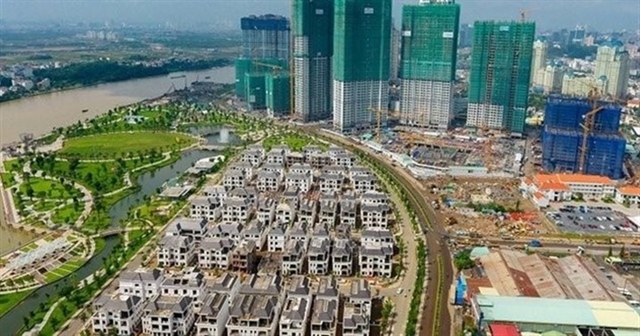

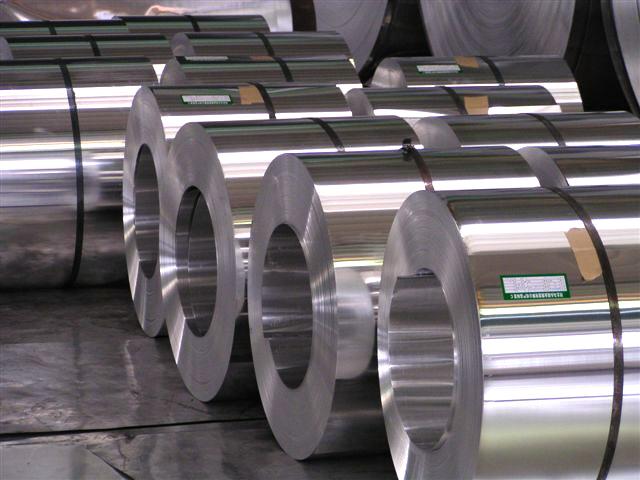
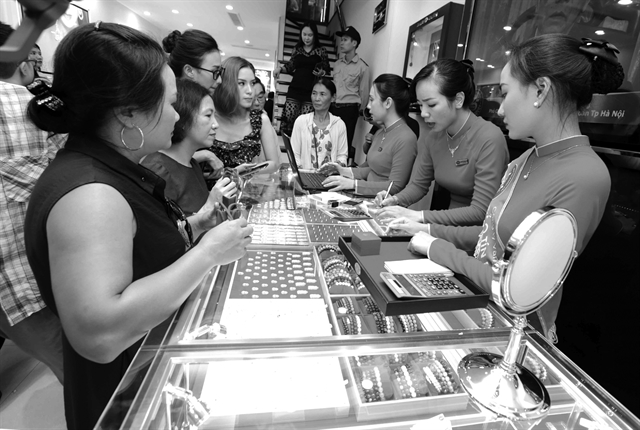


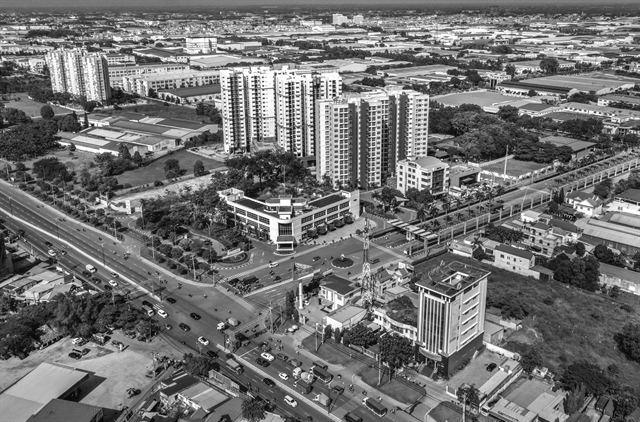

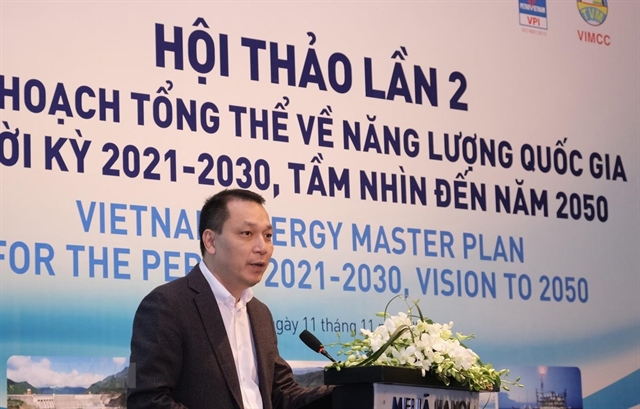
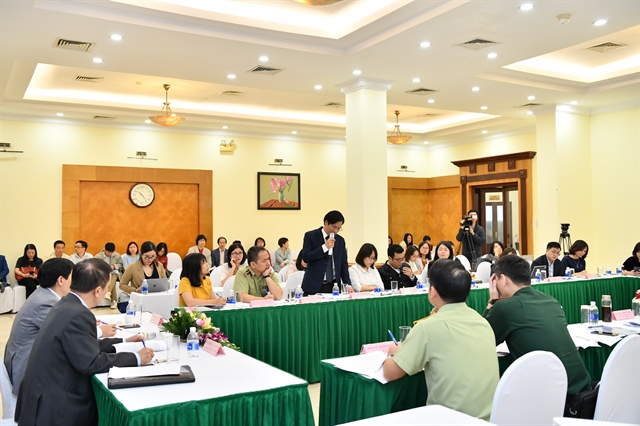
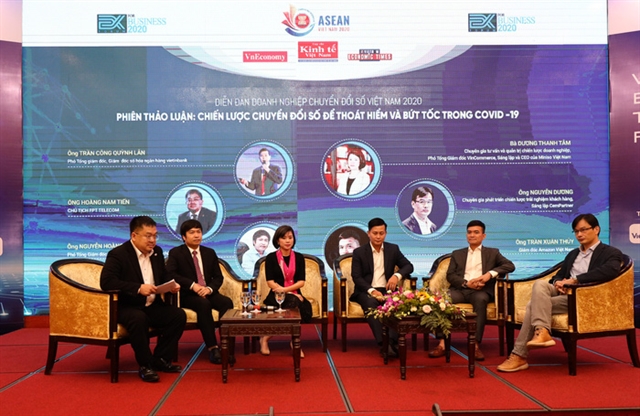
.jpg)
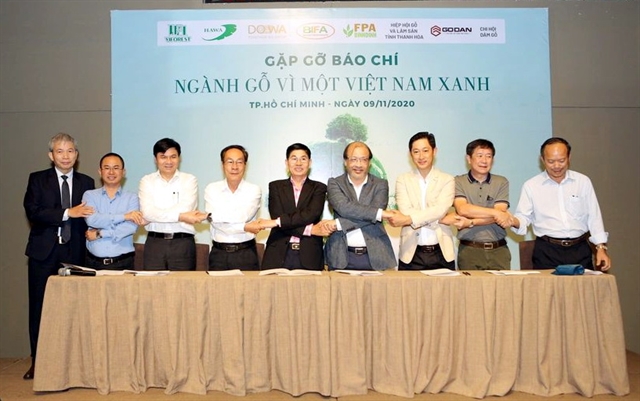
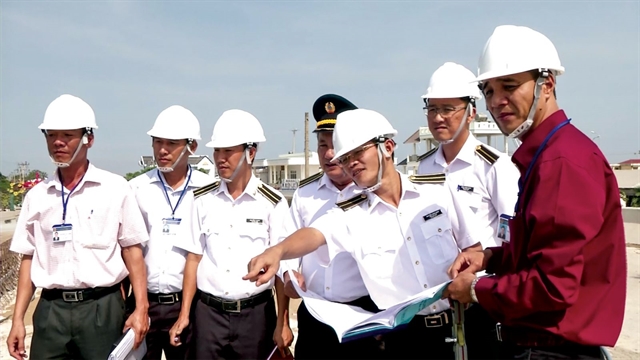
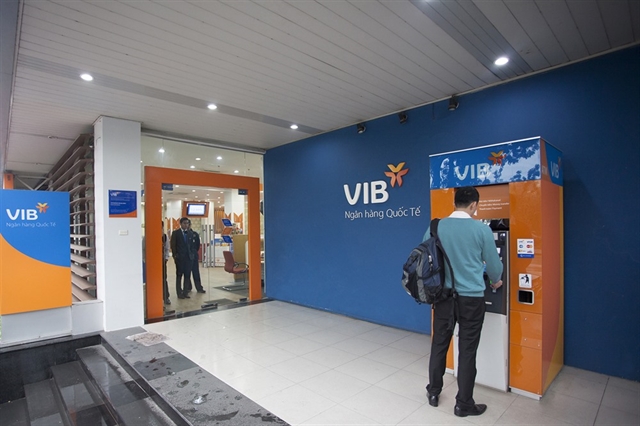
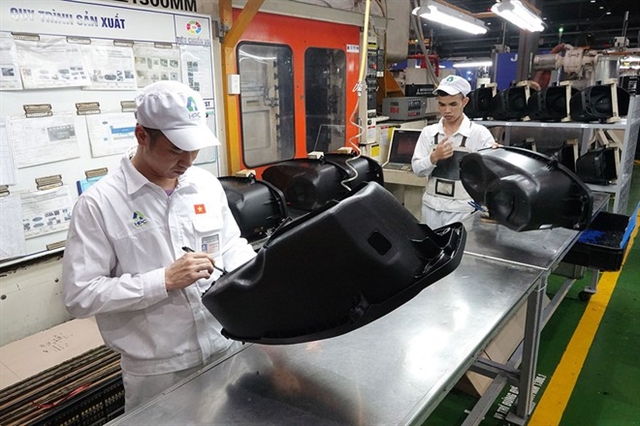
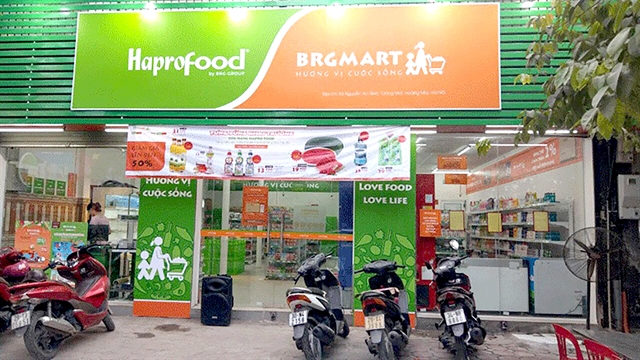
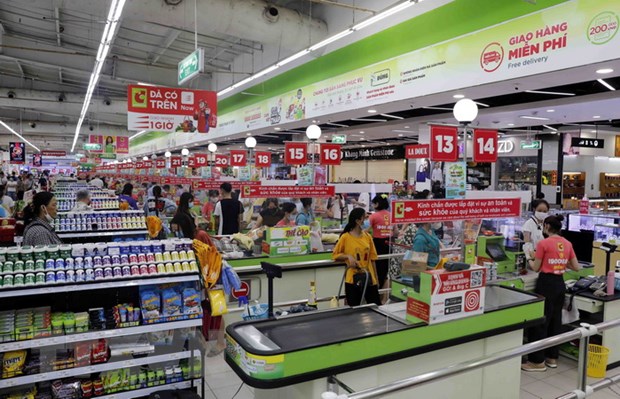
.jpg)











